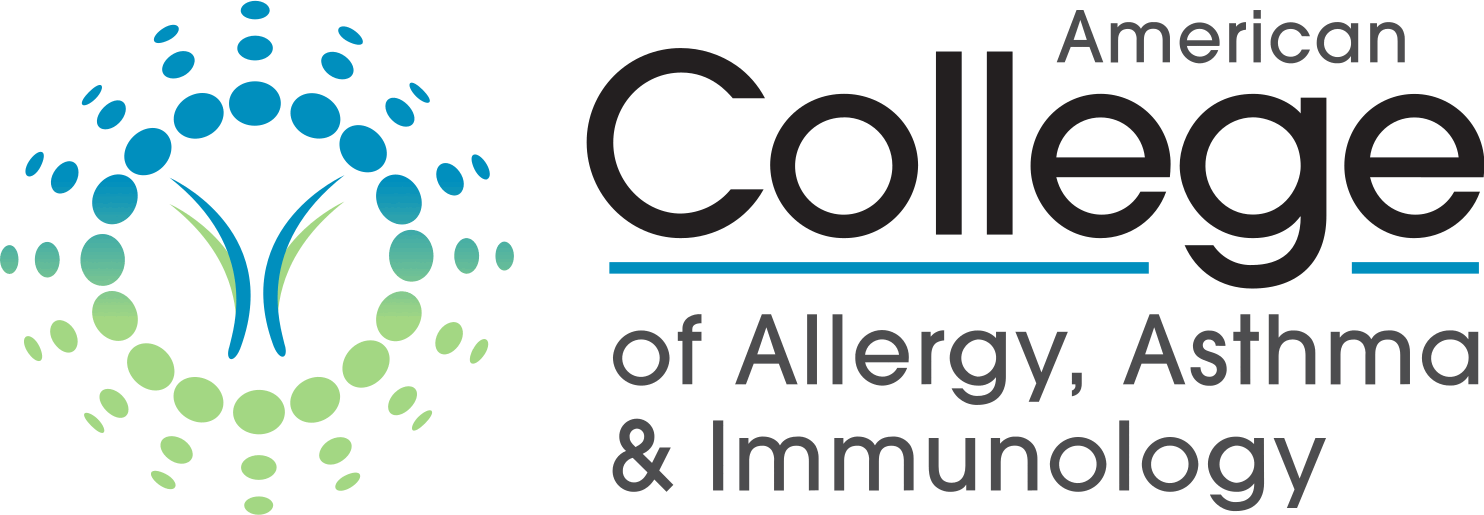Newswise — Food allergy knowledge in the general public is poor concerning the difference between food allergy and food intolerance, the absence of a cure, and current treatments according to a report published this month in Annals of Allergy, Asthma & Immunology, the scientific journal of the American College of Allergy, Asthma and Immunology (ACAAI).
"The public's food allergy knowledge and awareness is critical to the safety of children with food allergy, especially since 76 percent of food allergy-related deaths follow consumption of foods outside of the home. Food allergy is a growing health concern, affecting an estimated 6 percent to 8 percent of children in the United States," said Ruchi S. Gupta, M.D., of the Mary Ann & J. Wilburn Smith Children Health Research Program at Children's Memorial Research Center in Chicago.
In a national sample of 2,148 adults who completed the validated Web-based Chicago Food Allergy Research Survey for the General Public, Dr. Gupta and colleagues found "the public's knowledge was strongest regarding symptoms and severity of food allergy, with nearly 95 percent of participants recognizing food allergy as a potentially fatal condition."
Among the misconceptions, investigators reported that "almost half of participants erroneously believed that a cure exists for food allergy, and more than two thirds stated that a daily medicine could be taken to prevent a food allergy reaction. They also tended to overlook the necessity of strict allergen avoidance: more than 40 percent of participants indicated that other means exist to prevent life-threatening reactions."
Authors noted that nearly 85 percent of respondents agreed that schools should have plans to keep food-allergic children safe.
"Although there was agreement that schools need better policies to manage food allergies, most parents were not in favor of implementation of specific school policies, such as banning peanut products and having special tables for food-allergic children," Dr. Gupta said.
Investigators conclude that "increased food allergy knowledge among the general public is needed, especially regarding the distinction between food allergy and food intolerance, current treatments available for food allergy, the absence of a cure, and the lack of preventative medications."
"Although food allergy is a commonplace term, this study confirms the prevailing misconceptions among the public regarding manifestations, diagnosis, and treatment," said Sami L. Bahna, M.D., Dr.P.H., professor of pediatrics & medicine, chief of Allergy & Immunology Section at Louisiana State University Health Sciences Center in Shreveport, La., and president-elect of ACAAI. "Appropriate diagnosis is the cornerstone for appropriate management. Also, exclusion of food allergy would direct the search to other causes of the patient's illness. At present the treatment is basically strict avoidance of the causative foods. Research is underway for effective and safe immunotherapy."
To the author's knowledge, "this study is the first to provide detailed information about the general public's food allergy knowledge and to characterize the general public's attitudes and beliefs toward food allergy and food allergy policy."
About Food Allergy
Current treatment of food allergy includes identification and strict avoidance of the offending food, and recognition of systems that can lead to anaphylaxis. Anaphylaxis is the most severe form of allergic reactions, affecting multiple organ systems. Symptoms can include chest tightness, wheezing, nausea, vomiting, cramping, hives, and swelling of the lips and joints. The most dangerous symptoms are breathing difficulties, throat swelling, chest wheezing, dizziness, low blood pressure, shock and loss of consciousness, all of which can be fatal. Patients with severe reactions should have continued access to self-administered epinephrine injections.
The most common food allergens in infants and young children are cow's milk, hen's egg, peanut (a legume), tree nuts (walnut, hazelnut, Brazil nut, and pecan), soybeans and wheat. Although sensitivity to most allergens is lost in late childhood, allergy to peanut, tree nut and seafood is likely to continue throughout the patient's life. Only approximately 20 percent of children with peanut allergy lose their sensitivity. The most common foods causing allergy in adults are peanuts, tree nuts, fish, crustaceans, mollusks, fruits and vegetables.
Patient information on allergic diseases including food allergy is available by calling the ACAAI toll free number at (800) 842-7777 or visiting its Web site at www.acaai.org.
About ACAAI
The American College of Allergy, Asthma and Immunology (ACAAI) is a professional medical organization headquartered in Arlington Heights, Ill., that promotes excellence in the practice of the subspecialty of allergy and immunology. The College, comprising more than 5,000 allergists-immunologists and related health care professionals, fosters a culture of collaboration and congeniality in which its members work together and with others toward the common goals of patient care, education, advocacy and research.
Citation: Gupta RS, et al. Food allergy knowledge, attitudes, and beliefs in the United States. Ann Allergy Asthma Immunol 2009;103:43-50.
Annals of Allergy, Asthma & Immunology is online at www.annallergy.org.
MEDIA CONTACT
Register for reporter access to contact detailsCITATIONS
Annals of Allergy, Asthma and Immunology
